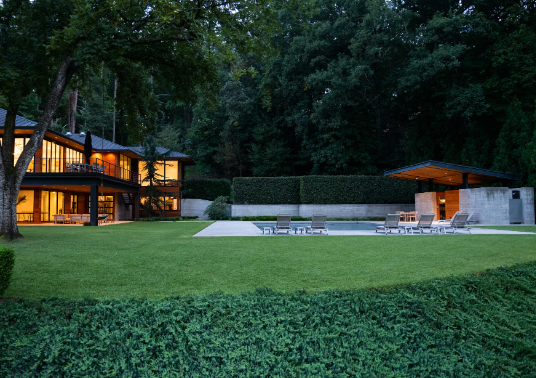Title: The Art and Science of Landscape Architecture: Designing Our Outdoor Spaces
Introduction
Landscape architecture is an intriguing blend of art, science, and environmental stewardship. As our cities expand and the need for sustainable spaces grows, landscape architects play a vital role in creating designs that balance aesthetics, functionality, and ecological integrity. Understanding their design process can inspire appreciation for these professionals and spotlight the importance of thoughtful outdoor spaces.
Understanding the Design Process
The design process of landscape architects begins with understanding the specific needs of a project, whether it’s a public park or a private garden. They conduct thorough site analyses to comprehend the local environment, including its climate, soil types, and existing flora. This foundational knowledge helps architects make informed decisions about what plants and materials will thrive in the designated space. Collaboration with clients, engineers, and environmental specialists is also crucial, ensuring that all aspects of the project come together seamlessly.
Emphasizing Sustainability
Sustainability is at the heart of modern landscape architecture. Designers prioritize eco-friendly practices by selecting native plants that require less water and maintenance, reducing the ecological footprint of their projects. They often incorporate rain gardens, green roofs, and permeable pavements to manage stormwater effectively, benefiting both the environment and the community. By emphasizing sustainability, landscape architects aim to enhance biodiversity while creating beautiful spaces that individuals can enjoy for generations.
Balancing Aesthetics with Functionality
A successful landscape design not only looks beautiful but also serves its intended purpose. Landscape architects carefully consider how users interact with spaces to create areas that foster community engagement. Whether it’s designing a tranquil park for relaxation or an interactive children’s playground, they balance visual appeal with practical functionality. This thorough approach ensures that outdoor spaces meet the needs of their users while promoting social interaction and well-being.
Conclusion
Landscape architecture is a fascinating field that merges creativity with environmental responsibility. By understanding the design process, sustainability initiatives, and the balance of aesthetic and functional elements, we can better appreciate the work of these professionals. If you’re inspired to learn more about landscape architecture and how it shapes our environment, consider exploring local projects or even pursuing a career in this rewarding field!

